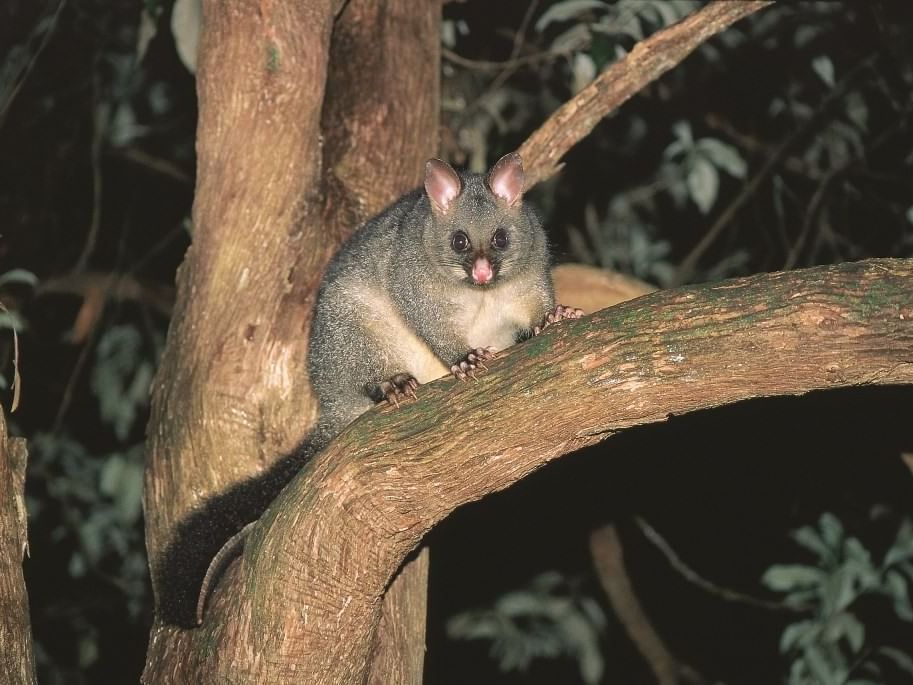Wildlife - Paddies, Possums and Wombats
The forests, coastal heath, scrub and grassy plains of Tasmania’s west coast are a perfect habitat for many of the state’s marsupial species. Among the most frequently encountered of these are our pademelons, possums and wombats.
Wallabies
As you explore the west coast, you’re very likely to see Bennett’s wallabies, which are also found on the Australian mainland, where they’re known as the red-necked wallaby. The smaller pademelon is endemic to Tasmania and commonly seen in the state’s national parks. The pademelon, whose unusual name is derived from a Tasmanian Aboriginal word, is also known as the rufous wallaby.
Wombats
A favourite Tasmanian resident is the common wombat. These solitary, sleep-loving marsupials are the world’s largest burrowing mammals, growing up to 80 cm in length and weighing up to 20 kilos. Early European settlers referred to them as badgers, but they are in fact most closely related to koalas. Wombats can often be seen grazing in open grasslands, particularly around dusk. They are powerful diggers and excavate large burrows, into which they escape when threatened. They have a hard, tough rump, which they can use as protection against attackers (wombats have even been known to crush the skulls of predators against the roof of their burrows using their formidable back end!)
Wombats mark their territory with unique, cube-shaped droppings—which are often left in an elevated position to advertise their presence to other wombats.
Possums
Tasmania has a number of possum species, including the common brushtail possum and ringtail possum—which are both widespread across the island. The wet forests of Tasmania’s west coast are also home to the tiny, nectar-loving eastern pygmy possum—which weighs between 15 and 40 grams and has a maximum body length of just nine centimetres.
Image credit: Tourism Tasmania & Geoff Murray
